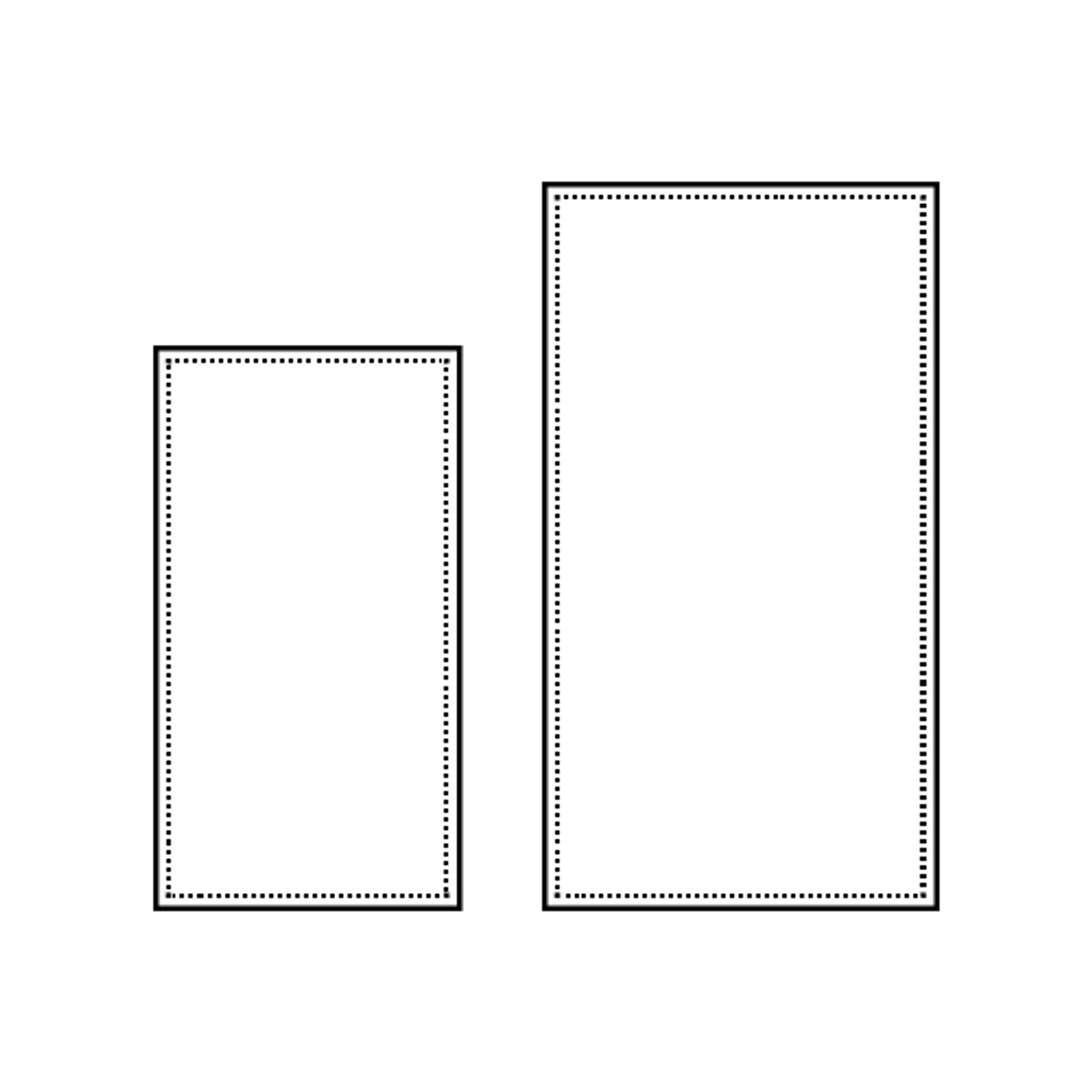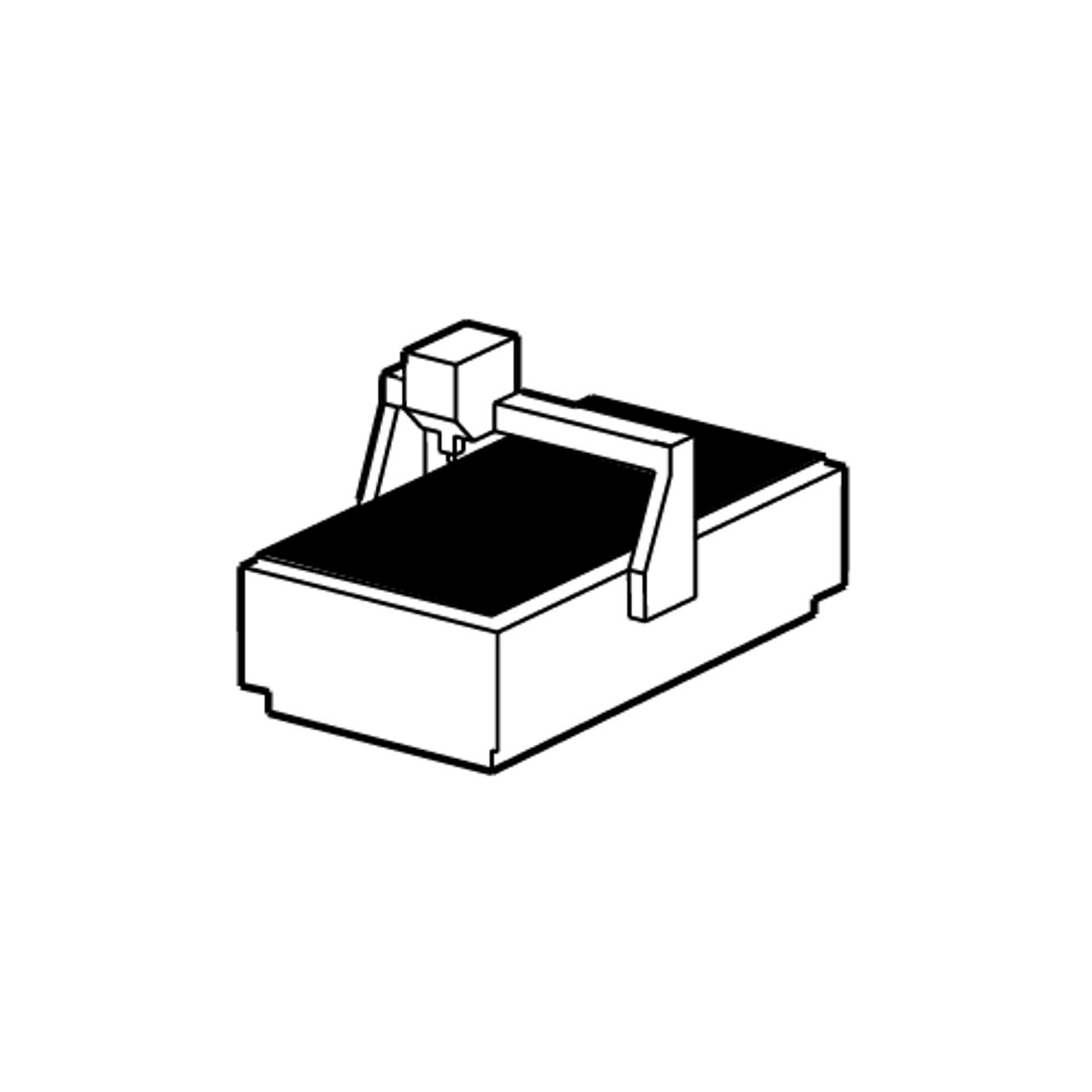Design for Open Making and CNC machines
From sheet thickness to double-sided cutting, we run through some of the most important considerations when designing for Open Making and CNC machines.
Open Making is a new socio-economic movement in manufacturing, powered by an increased accessibility to digital fabrication tools – and the internet. In Open Making, the concept of a factory is flipped on its head – no longer a single large facility operated where land and labour is cheapest, but a global network of independent workshops, operating CNC routers and other digital fabrication tools. By connecting these workshops through the web, it’s possible to create a distributed manufacturing system, and goods can be made where they are needed, when they are needed.
This ‘distributed factory’ requires a designer to consider new concepts and parameters – to ensure their design still produces the same product whether it’s made in Malaysia, Moldova or Mexico. As a starting point, we’ve put together this illustrated list of the most important considerations when designing for CNC machining and distributed manufacturing.
This post is the third in a series of three design pieces. Read about ‘Remastering Traditional Joinery’ here and CNC Machines and Common Cut Types here.
Also, if you’re a designer and want to see your design on Opendesk, respond to our latest brief: Open Call for Open Plan!

